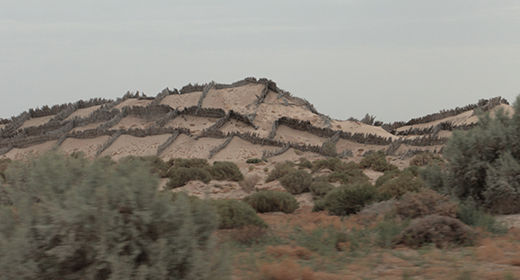
The World Day to Combat Desertification is observed on June 17 every year, as proclaimed by the UN General Assembly on December 19, 1994, under Resolution 49/115). The day addresses both drought and desertification, and is meant to help implement the UN Convention to Combat Desertification.
The focus in 2015 is “attainment of food security for all through sustainable food systems.”
With the slogan, “No such thing as a free lunch. Invest in healthy soil,” the 2015 observance calls for:
(1) A change in our land use practices through smart agriculture and adaptation to changing climate, especially in the dry fragile parts of the world where food shortages are becoming more and more severe.
(2) Access to technology and land rights for small holder farmers who safeguard the environment and meet the food needs of millions of households, especially among the poorest households.
(3) A balance in the land use for ecology and consumption, drawing on the best practices.
(4) More investments in sustainable land practices so that sustainable food systems become the normal practice, and
(5) More effective action on desertification, whose effects on security, peace and stability are invisible yet real for the affected countries due especially to food and water scarcity and environmentally forced migration.
Some 805 million people in the world lacked sufficient nutritious food between 2012 and 2014, according to the 2014 State of Food Insecurity report. That is about one in every eight people. The vast majority lived in developing countries. Although significant progress has been made toward meeting the Millennium Development Goal hunger target, progress across regions and countries is still uneven.
Tackling hunger requires a multi-faceted approach – from economic development, nutritional intake to managing natural disasters. Still, a focus on land is critical. More than 99.7 percent of our food calories comes from the land. With the competition for productive land growing even as the global population rises, land for food production will get scarcer. We need to recover degraded and desertified land to remain food secure.
Hunger is most prevalent in the developing country dryland areas where water retention is poor, and the land is highly vulnerable to natural and human destruction. The vast majority of the dryland people survive on local foods. Sub-Saharan Africa has made some progress in eradicating hunger, but still has the highest prevalence of undernourishment.
Photo: North Sahara anti-sand shields. | Wikimedia (CC)










